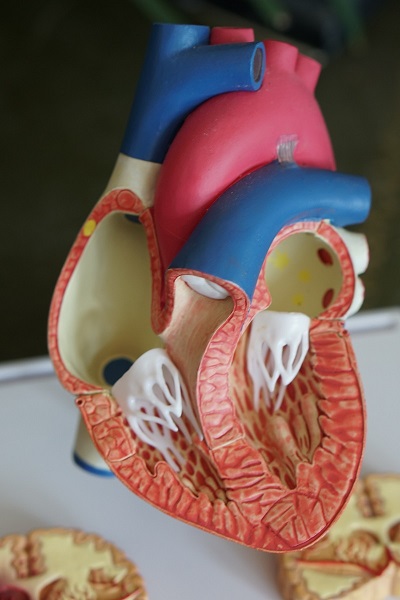This article is from Harrison’s principle of Internal Medicine and has been originally written by Robert Brenner and Barry Brenner. In today’s article, which is in continuation with our series on kidney functions, we will be discussing, what happens when there is a loss of function in the nephrons.
Nephrons – the functional unit of the kidneys
The kidneys, which are basically a collection of thousands of nephrons, would not see any marked difference in their functioning, until and unless there is a huge loss in the number of nephrons. When nephrons are lost, the remaining nephrons start growing in size. This phenomenon is called hypertrophy. The nephrons grow in size to take on the increased workload to compensate for the loss of function. However, this can lead to reduction or changes in the Glomerular Filtration Rate (GFR). In the first one or two weeks, it starts increasing. But in the next several months, there may be a gradual decrease in the filtration rate due to the phenomenon called hyperfiltration.
Hyperfiltration
From the above, it can be seen that the Glomerular Filtration Rate of the remaining nephrons stays normal or increases above normal and this process or function is called hyperfiltration. An increase in the Singular Nephron Glomerular Filtration Rate is achieved by what is called hemodynamics of the renal system. So the increase in the plasma or blood flow results in an increase in the pressure applied in the nephrons. Both these factors contribute to the increased forces in the filtration process and the resultant increase in the size of the glomerulus. Thus, there is an increase in the overall surface area available for the process of filtration.
Glomerular adaptations and toxaemia
The above changes that are structural in nature can be permanent or temporary depending upon the requirement. If the problems become chronic in nature, the overall size of the kidney increases. The tubes that are present after the glomeruli also increase in size. But this change, which is also understood as glomerular adaptations, can bring in what is called renal fatigue, wherein, after a long duration of time, the functioning of the kidneys decreases. This may in turn result in the blood of the affected person getting poisoned by toxins and leads to what is called toxaemia.
In our next article, we will discuss the consequences of the reduction in Glomerular Filtration Rate, which happens after a long duration of time, where the kidneys need to be hypertrophic or prolonged or permanent loss of nephron function in the kidneys.











